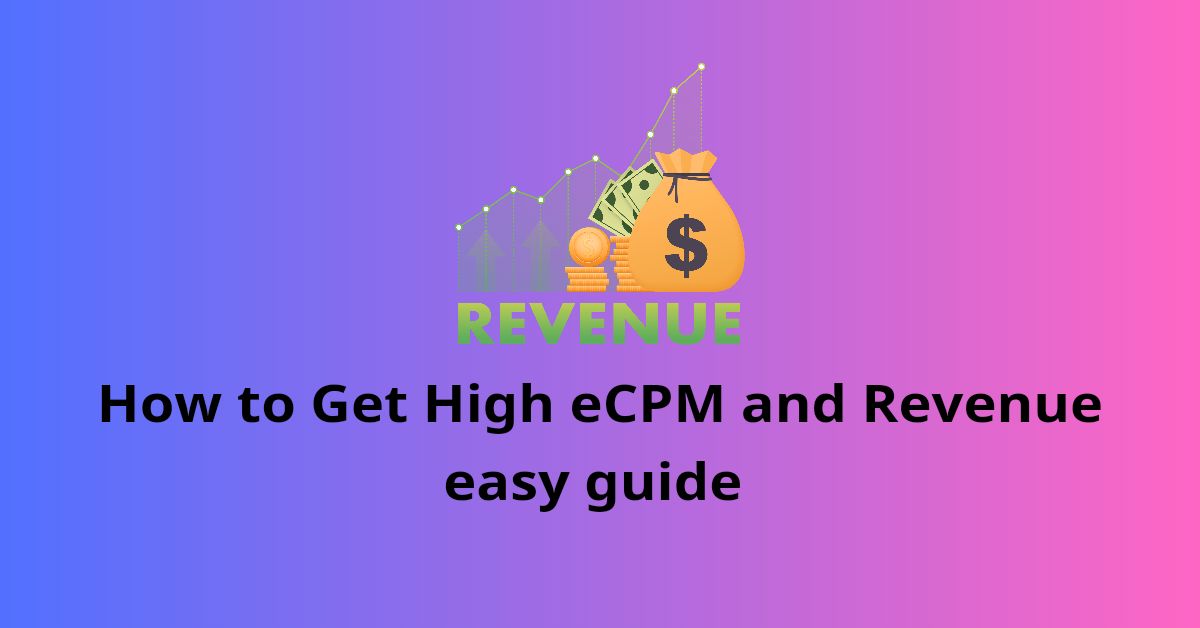
For publishers in the digital advertising space, optimizing their revenue potential is a constant goal. One of the key metrics to focus on is ECPM (Effective Cost Per Mille), which measures the revenue generated for every thousand ad impressions. Google AdX (Ad Exchange) is a popular platform that connects publishers with premium advertisers, providing an opportunity to earn higher ad revenues. In this blog, we will explore effective strategies to boost ECPM on Google AdX and increase your ad revenue.
High-Quality Content and User Experience:
The foundation for maximizing ECPM on Google AdX is having high-quality content and a positive user experience. Advertisers are more likely to bid higher for ad placements on websites that attract engaged audiences. Focus on creating valuable, relevant, and unique content that keeps users coming back. A good user experience will lead to increased page views and longer session times, driving higher demand for ad inventory and better bids from advertisers.
Ad Placement and Formats:
Strategically placing ads within your content can significantly impact ECPM. Consider using responsive ad units that adjust to different screen sizes and devices. Experiment with different ad formats like native ads, in-feed ads, and interstitials. Native ads, for instance, blend in seamlessly with your website’s design, leading to higher user engagement and better ECPM. Keep an eye on Google’s ad policies to ensure compliance and avoid potential revenue losses due to policy violations.
Optimize Ad Refresh Rates:
Ad refresh refers to the practice of automatically refreshing ad units after a specific period. This can lead to an increase in ad impressions and potentially boost ECPM. However, be cautious not to overdo it, as excessive ad refreshing can annoy users and lead to higher bounce rates. A balance must be struck between increased impressions and user experience.
Leverage AdX First Look:
The “First Look” feature on Google AdX allows you to offer your premium ad inventory to preferred buyers before it goes to other auctions. By giving priority to high-paying advertisers, you can secure better bids and increase your overall ECPM.
Implement Header Bidding:
Header bidding is a technique that enables multiple demand sources to compete simultaneously for ad impressions. By integrating header bidding with Google AdX, you can increase competition and potentially receive higher bids for your ad inventory. This technology-driven approach can significantly boost ECPM and maximize revenue.
Audience Segmentation and Data:
Understanding your audience and leveraging user data is critical to attracting relevant advertisers and achieving higher ECPM. Utilize data-driven insights to segment your audience and create custom ad packages tailored to specific demographics or user behavior. Relevant ads are more likely to drive engagement, leading to increased demand from advertisers.
A/B Testing and Performance Analysis:
Regularly conduct A/B testing to analyze the performance of different ad formats, ad placements, and other variables. By measuring the impact of changes on ECPM, you can identify what works best for your audience and optimize accordingly.
Conclusion:
Maximizing ECPM on Google AdX requires a combination of high-quality content, strategic ad placements, technology integration, and data-driven insights. By continuously refining your ad monetization strategies and focusing on user experience, you can attract premium advertisers and boost your ad revenue. Remember that ECPM optimization is an ongoing process, and staying up-to-date with the latest trends and best practices in digital advertising will help you maintain a competitive edge in the ever-evolving landscape of online publishing.